Children love to collect, wonder, and explore. Why not turn that natural curiosity into a magical learning space? Make your own nature museum at home and let your child become a little scientist! With 4Life Education, every tiny treasure from nature becomes a doorway to discovery and joy. Start your nature journey today!
Creating a personal museum of nature
Many children love to bring little pieces of nature home whether it’s a smooth pebble, a bright leaf, or a small bug in a jar. Instead of tossing these items aside, why not create a special place for them? Helping your child make your own nature museum is a wonderful way to build their observation skills, connect with science, and nurture their love for the natural world.
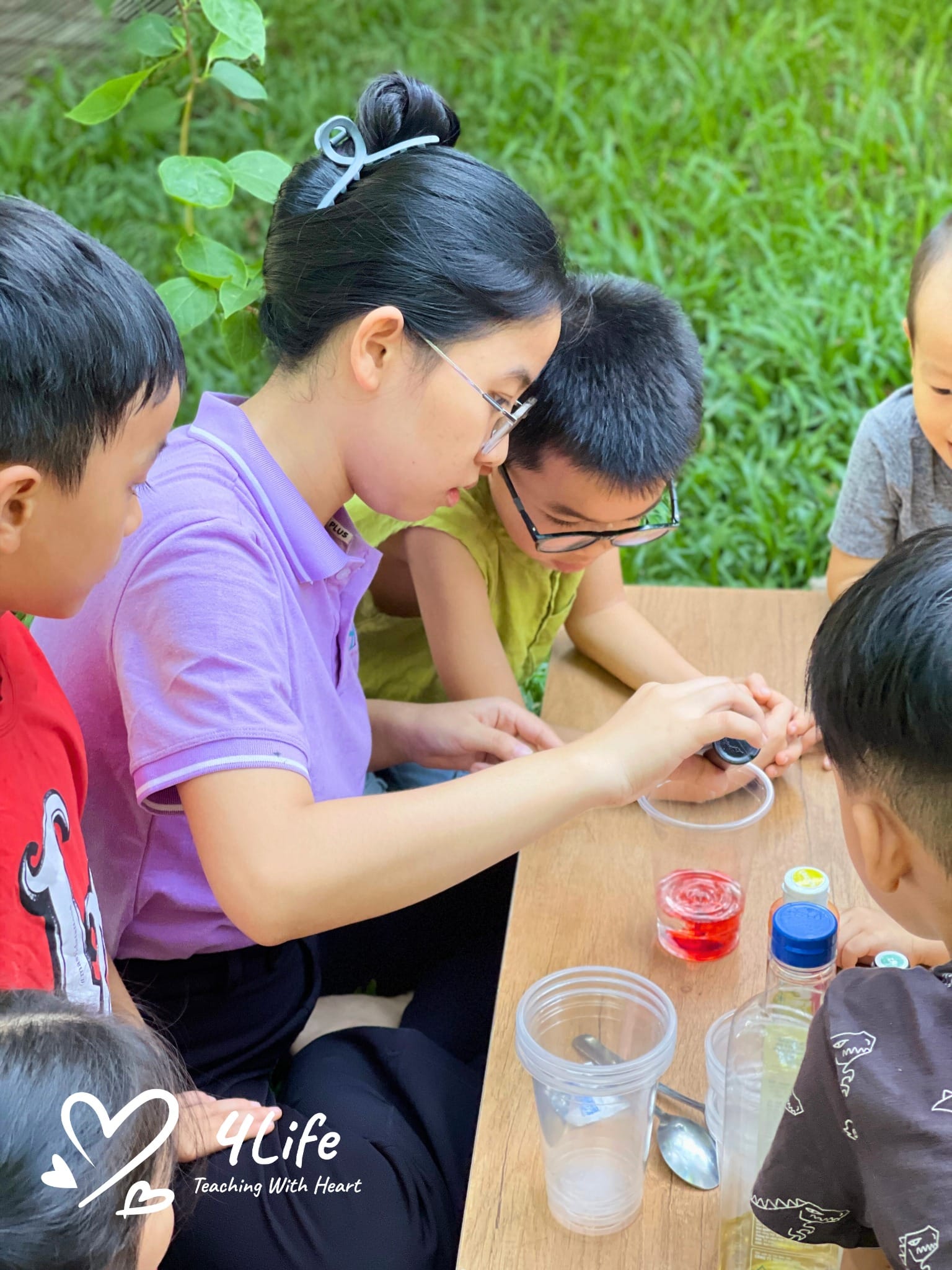
Make Your Own Nature Museum to Spark Your Child’s Curiosity
This nature museum doesn’t have to be big or fancy. A corner in your child’s room, a small table, or even a window ledge can be transformed into an area of discovery and learning. Here, they can keep items they’ve collected, observe living creatures, and learn through hands-on exploration.
A nature museum full of wonder
In one family’s home, their nature museum was lovingly named the “Dew Drop Inn.” Each season brought new treasures to display. In spring and early summer, the shelves were filled with pots of wildflowers and baby trees. Caterpillars were kept safely in terrariums so the children could watch them spin chrysalises and transform into butterflies. Frog eggs were gently collected and placed in water tanks, where they turned into tadpoles before being released back into a pond.
Sometimes, they even hatched baby chicks in an incubator. And of course, litters of kittens or puppies became special guests in their museum of life.
By creating your own version of a nature museum, you allow your child to become an explorer, observer, and caretaker all while learning through play and wonder.
Discovering science through collecting
A nature museum is more than just a display shelf. It’s a living, evolving learning tool. Encourage your child to study what they collect. Are the flowers different colors? How many petals do they have? How do leaves feel smooth or fuzzy?
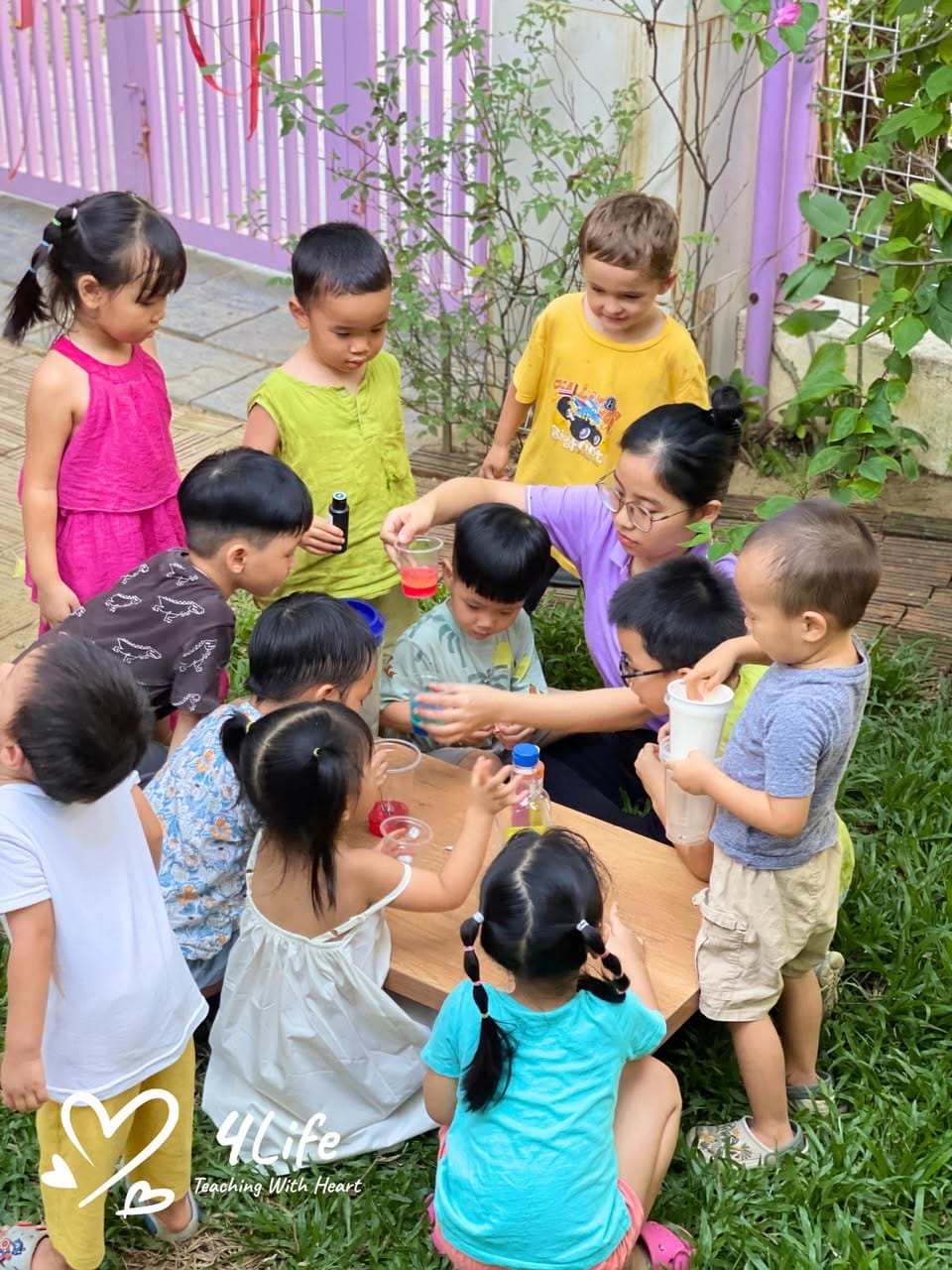
Discovering science through collecting
In autumn, your child can collect nuts, berries, and fallen fruits, observing their shapes, colors, and how animals interact with them. Bring these specimens home and let your child label them, identify their names, and display them with pride. You can even press flowers and leaves and mount them onto cardboard or inside scrapbooks to preserve them for future study.
Organizing a mini natural science corner
A shelf, a small cupboard, or a side table can serve as the base of your child’s nature museum. Provide containers or trays to keep specimens organized. Try the following ideas for display:
– Pressed flowers in photo frames
– Labeled jars of seeds or acorns
– Rocks and minerals sorted by shape or color
– Bug boxes with air holes for short-term insect study
– Terrariums and aquariums for small creatures
– Bark samples, tree sections, or feathers
– Bird nests (only if found abandoned)
– Snake skins or cocoons
– Dried mushrooms, pinecones, or sea shells
Be sure to guide your child in handling living or fragile things gently and safely. And remember, some things like living creatures should be returned to their natural habitats after a short visit.
Tools to get started
Creating a nature museum doesn’t need to be expensive. Many tools can be gathered at home or bought gradually. Here are some basics:
– A magnifying glass or hand lens
– Bug boxes or clear jars with air holes
– Simple microscope
– Small guidebooks for local birds, insects, leaves, or trees
– Labeling cards
– Scrapbooks or notebooks
– A small camera or cellphone for taking photos
As your child’s interest grows, you can expand your museum with:
– An aquarium for tadpoles or fish
– A terrarium for observing insects or small reptiles
– An ant farm
– Bird feeders and nesting boxes outside your window
– Butterfly kits (chrysalises that can be ordered online)
– Root boxes with a glass side to watch how roots grow underground
All of these materials help spark curiosity and give your child more ways to observe and understand nature.
Expanding with art and writing
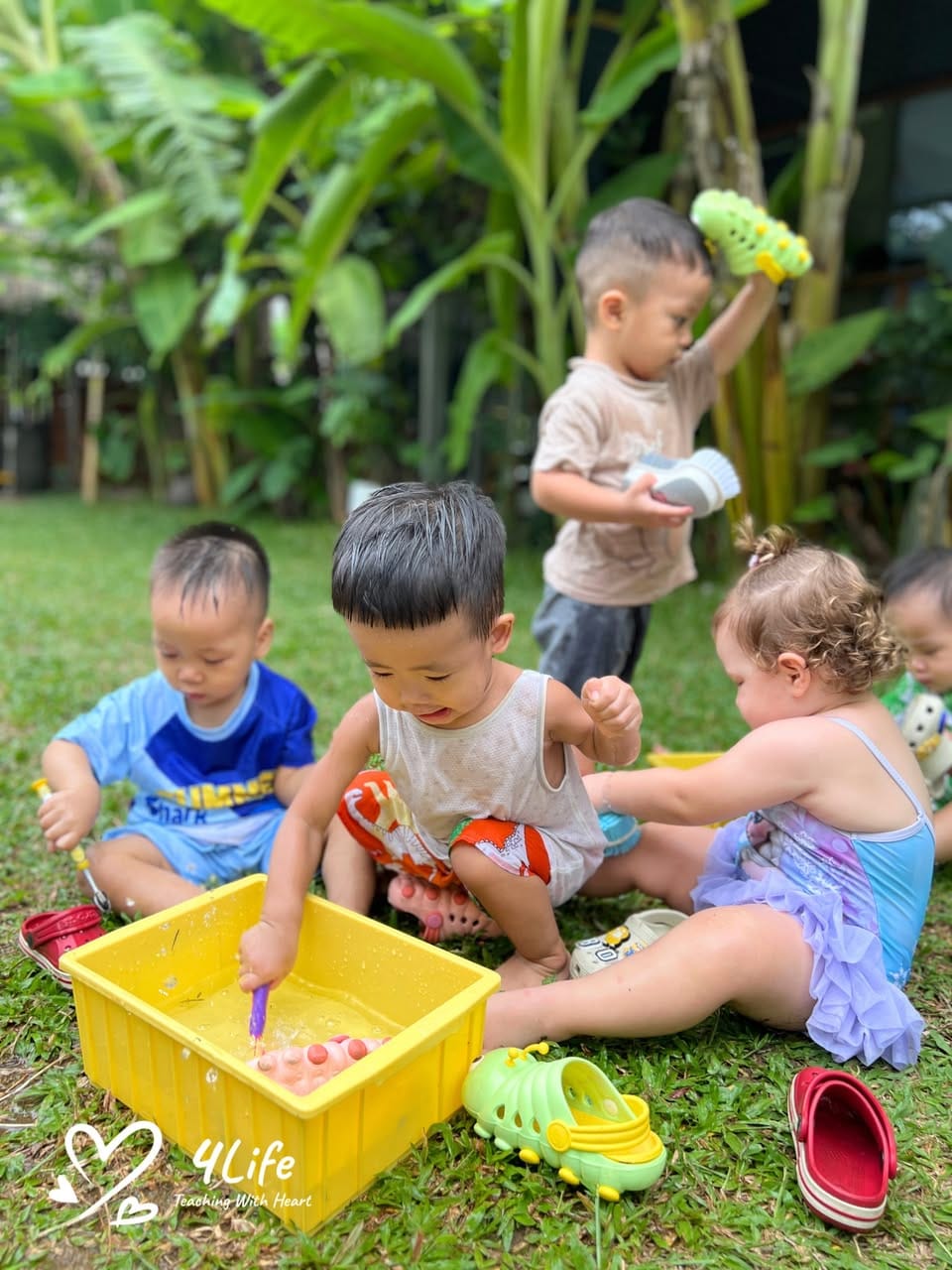
Expanding with art and writing
The beauty of a nature museum is that it encourages not only observation but creativity. Older children especially enjoy recording what they see. Encourage your child to:
– Keep a nature journal with notes and sketches
– Write stories or poems about what they find
– Create drawings of landscapes or close-ups of leaves and insects
– Take photos of interesting specimens
– Organize their collections into “mini-exhibits”
– Present their finds to family members like a real museum tour
These activities combine science with language, art, and presentation skills perfect for well-rounded development.
Learning responsibility and respect
While creating a nature museum is exciting, it also teaches children about care, responsibility, and respect for living things. Remind your child:
– Never remove nests or eggs still in use
– Handle bugs gently and return them to nature
– Only collect what is safe, clean, and non-living unless supervised
– Don’t pick wildflowers in protected areas
– Always wash hands after touching natural items
– Release live animals back to their natural habitat after short observation
Explain that if everyone takes too much from nature, there will be less left for others to enjoy. Teaching these values helps children grow into responsible and ethical nature lovers.
Bringing the outdoors inside
Not every day allows for outdoor play, especially during harsh weather. But with a nature museum, your child can continue connecting with nature indoors. Looking at their own collections, writing about what they’ve seen, or even checking on a bug they’re studying can fill rainy days with joy and learning.
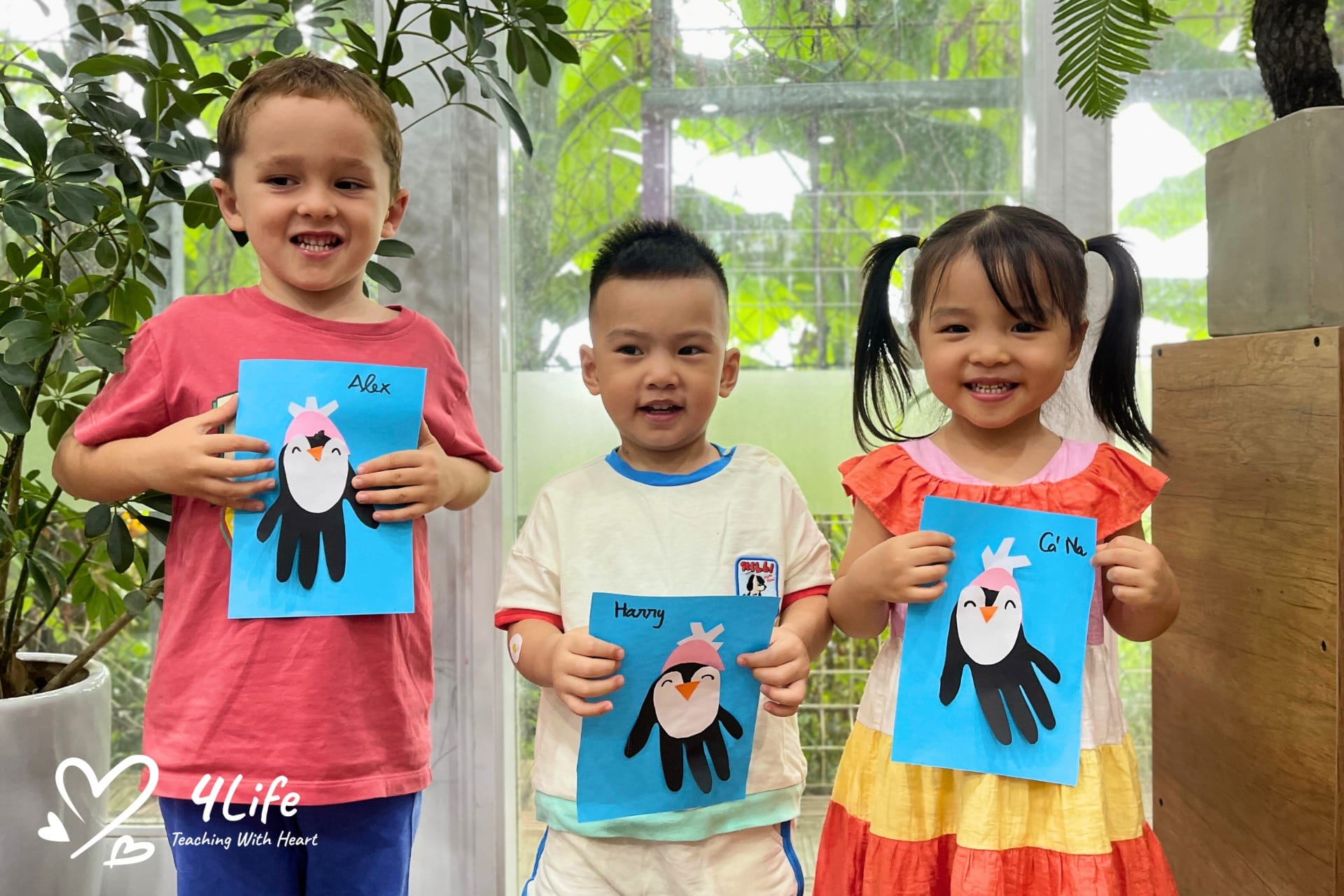
Bringing the outdoors inside
To enrich the experience even more, place the nature museum near a window with natural light. Watching the shadows change through the day or seeing a bird stop by outside adds more excitement to their world of discovery.
A project that grows with your child
What’s beautiful about building a home nature museum is that it grows with your child. At first, it may be a simple box of leaves and pebbles. But over time, it can become a well-organized shelf with labeled displays, journals, scientific tools, and creative artworks.
Even teenagers and adults who once had a nature museum often remember it fondly as a magical part of childhood. It’s a space that celebrates curiosity, imagination, and care for the world around us.
Helping your child make your own nature museum is more than a fun project, it’s a doorway to learning, creativity, and a lifelong love for the environment. With just a few tools and your support, your child can build a space of wonder right at home. Let every walk, every stone, and every leaf become a story to tell and a memory to treasure. The best museums don’t need tickets, just a child’s heart full of curiosity and a family ready to explore the world together.

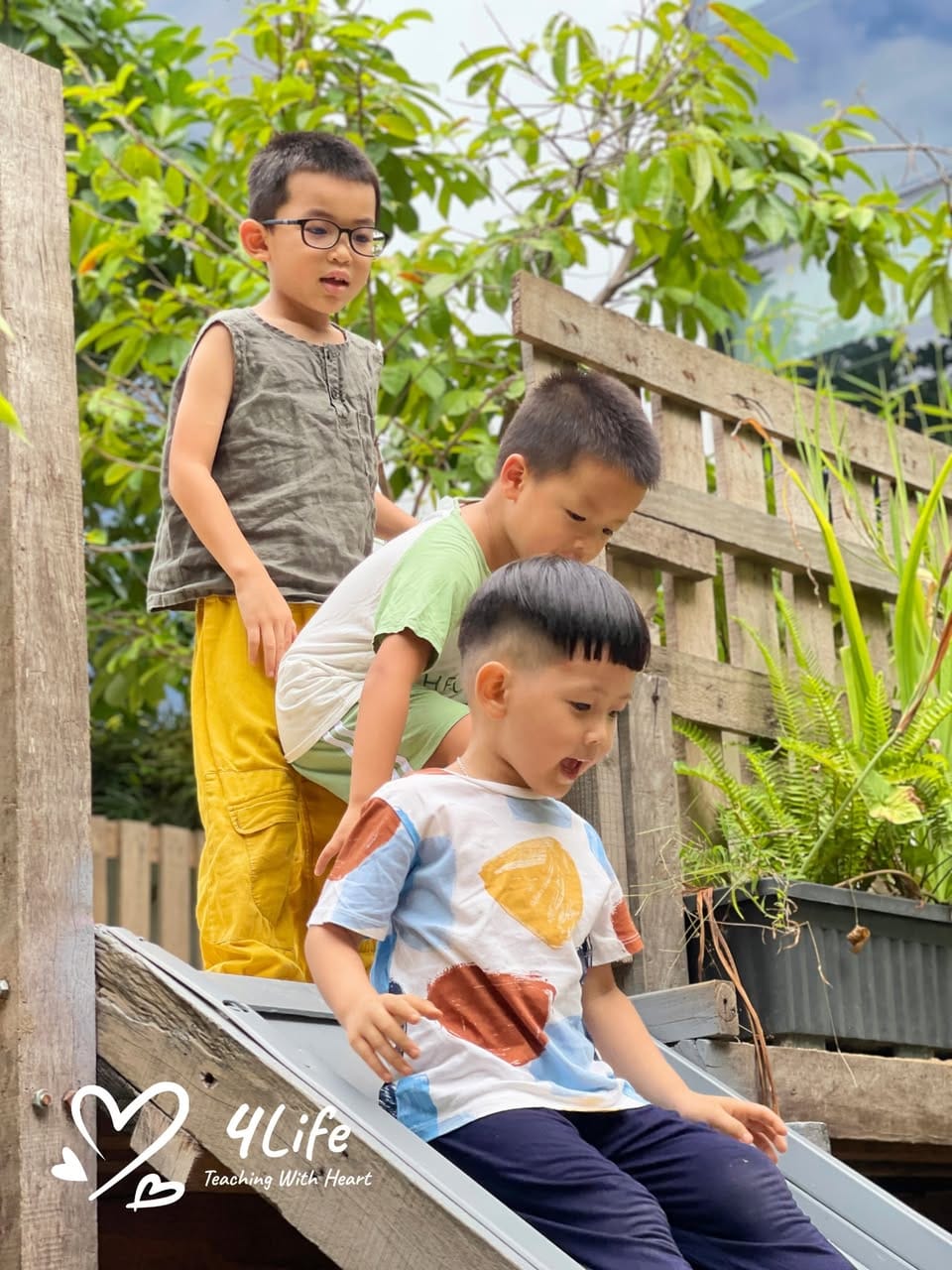

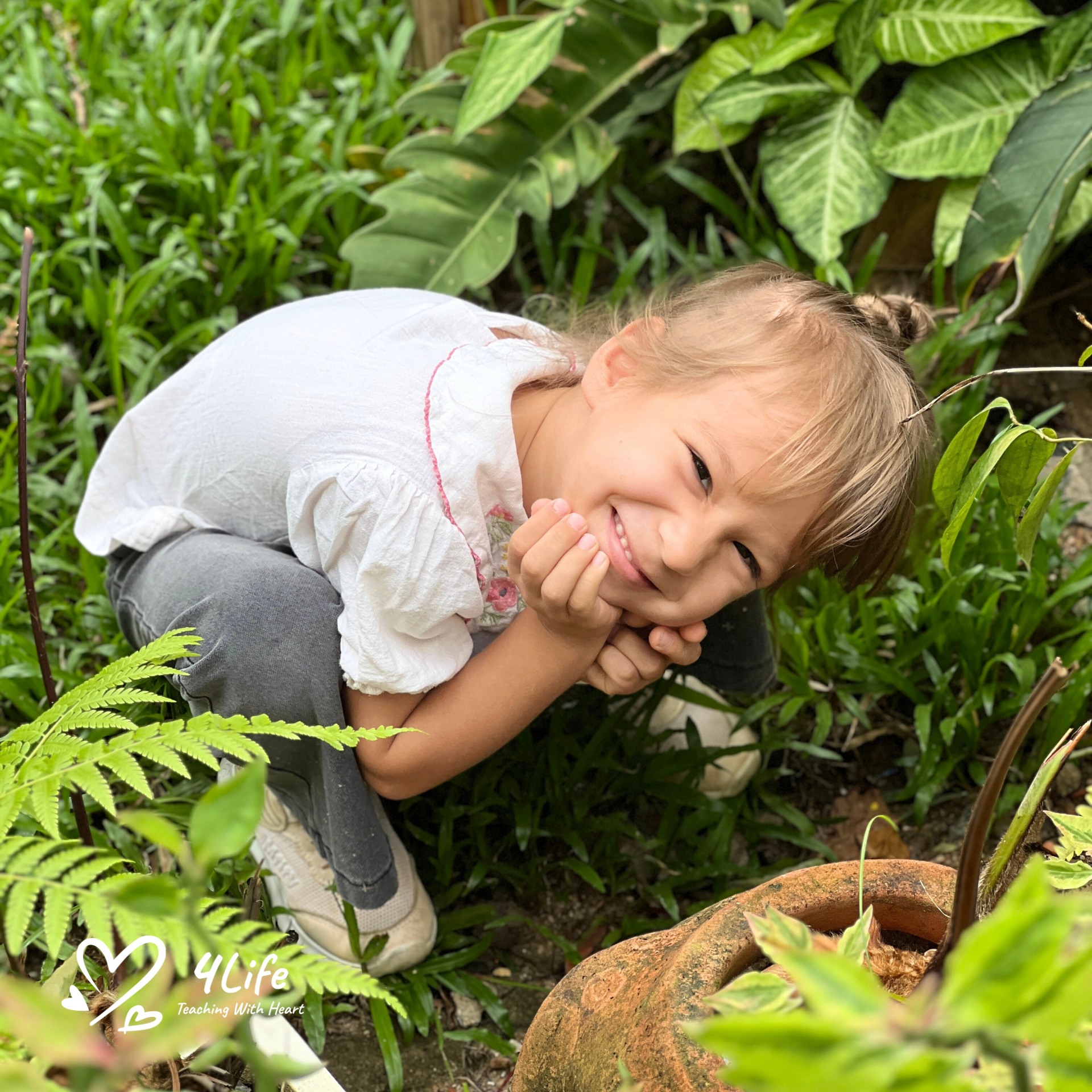
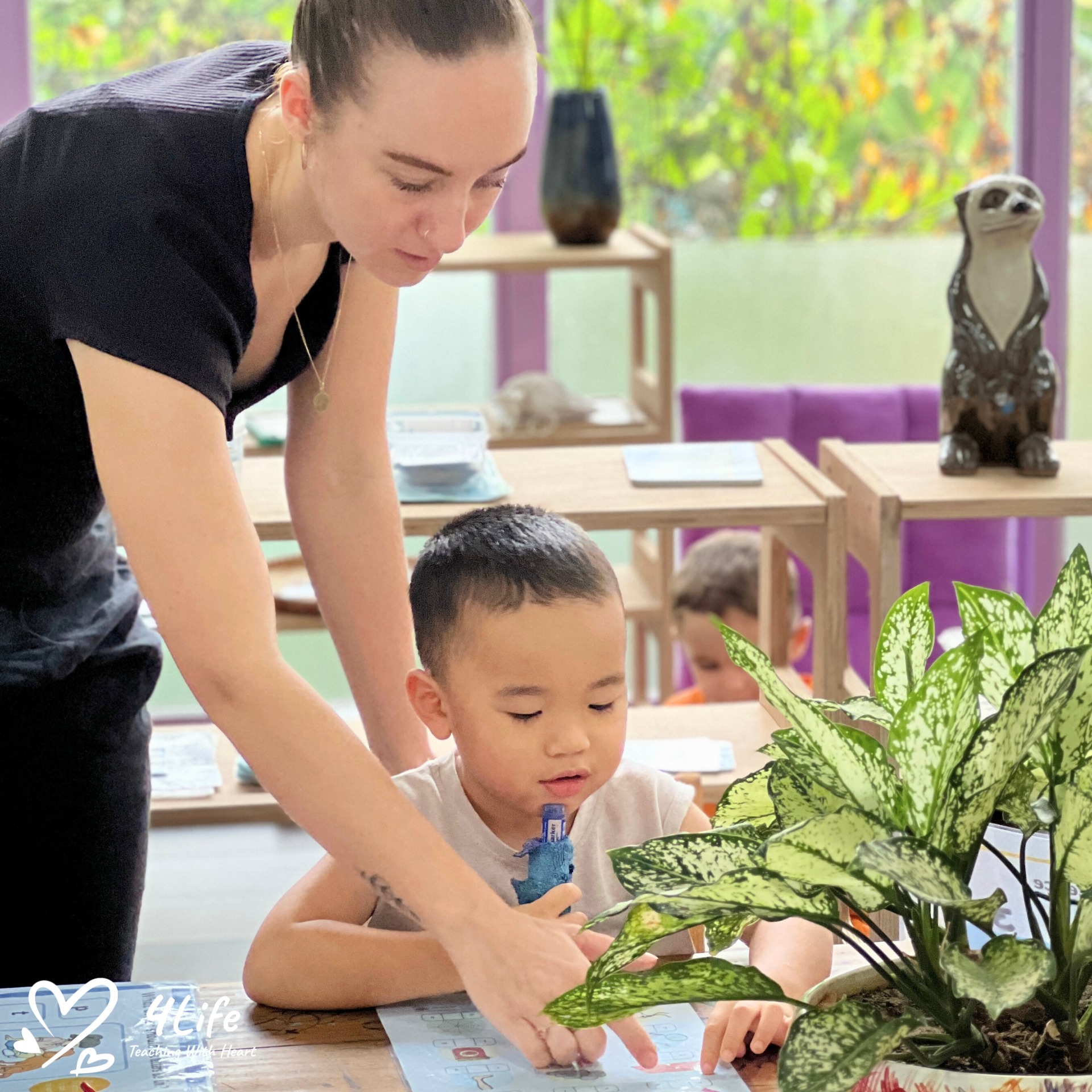

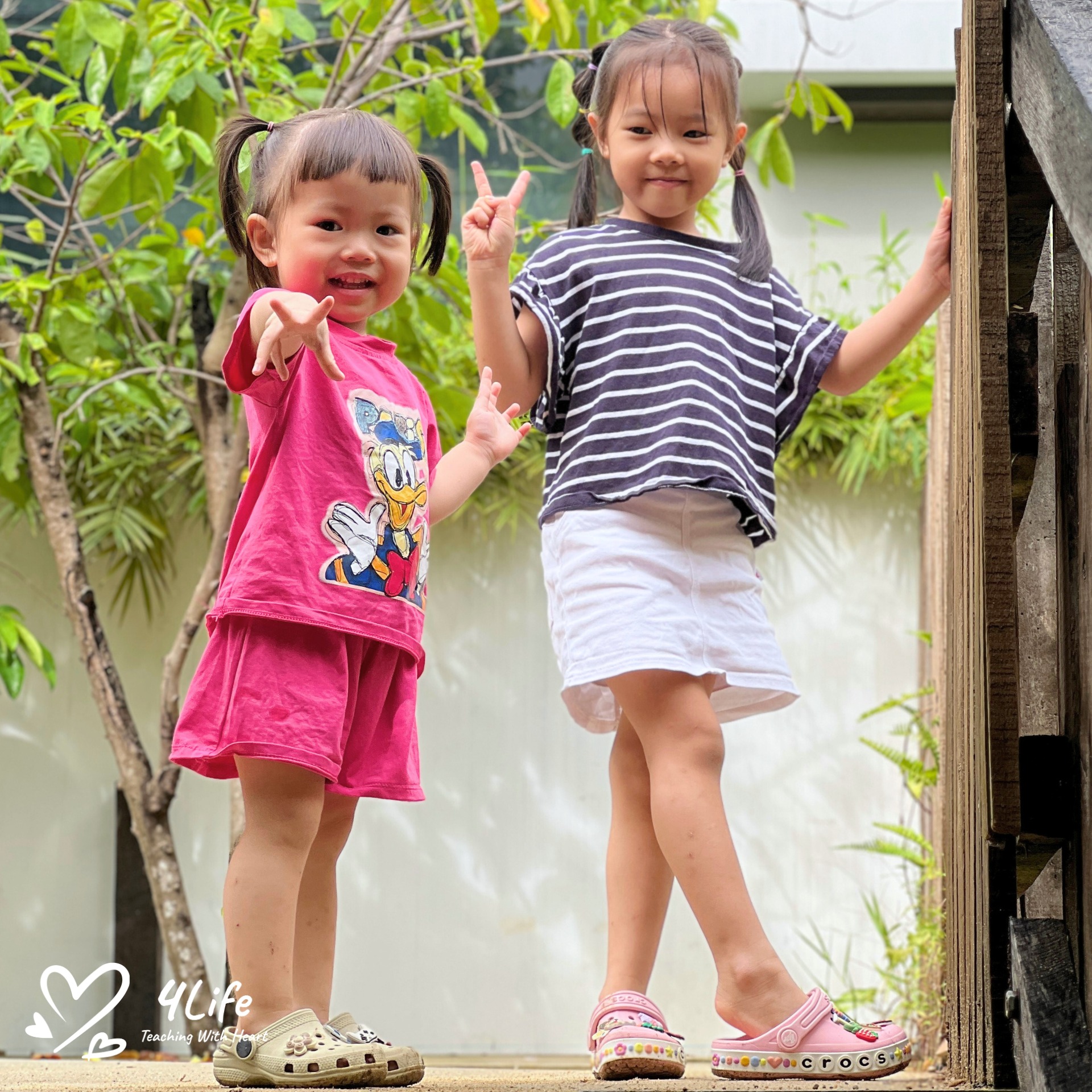
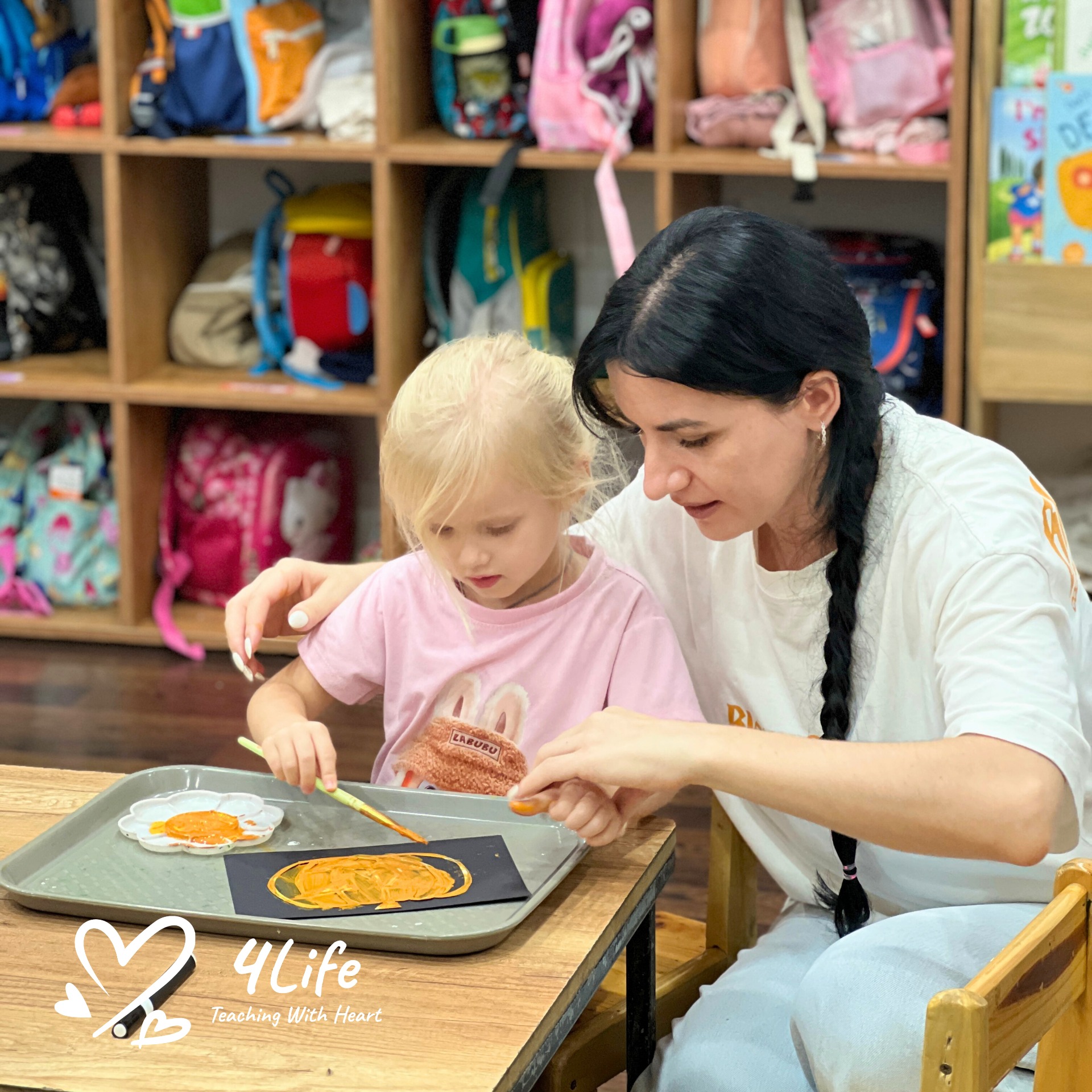
0 Comments